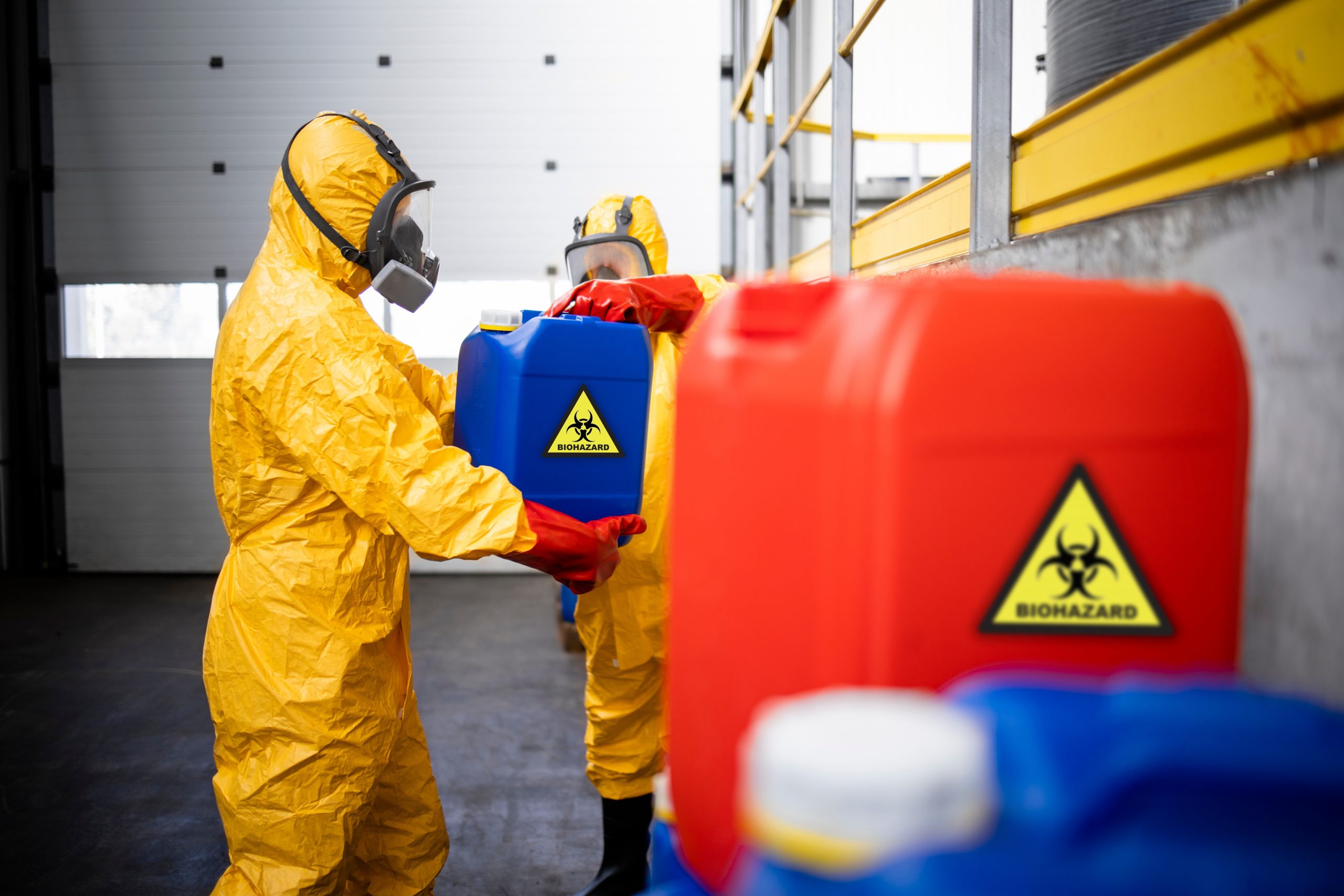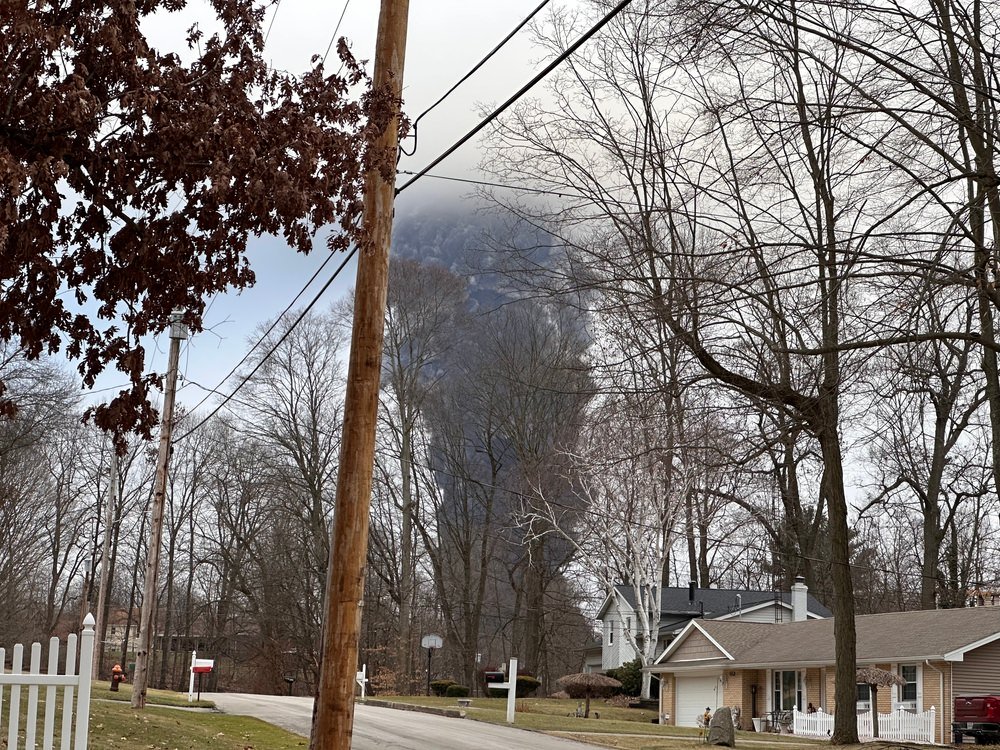The Environmental Emergency Response to Natural Disasters
As the U.S. faces increasingly severe natural disasters—from massive West Coast wildfires to an unusually active Atlantic hurricane season—businesses and organizations are reevaluating their preparedness. While most people consider how…









